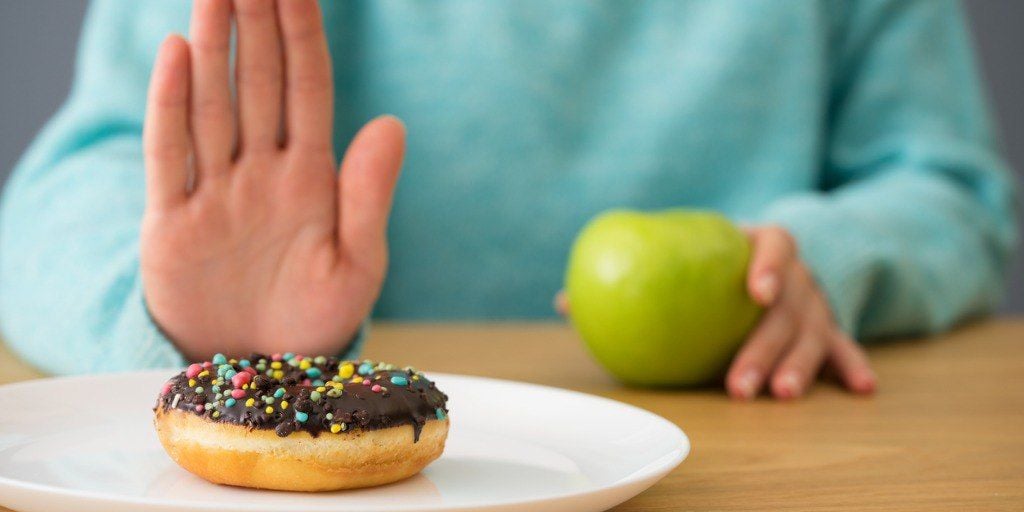July 1st, 2020 | 2 min. read

Twenty years ago, the trend in nutrition was to cut fats. What that inspired food manufacturers to do is increase sodium and sugar in our foods. Now, we know that it wasn't the fats leading to obesity and diabetes, it's the sugar.
So how can we withdraw from sugar? Is a complete sugar detox a good idea? How should you go about doing a sugar detox? Owings Mills health coach Yvonne Bull explains. Watch the full video below and read on for a recap.
When you eat sugar, your body's blood sugar rises. You get an instant rush of satisfaction (the "sugar high"), but your body also releases insulin to try and get your blood sugar to come back down. That leads directly to fat storage, and then to weight gain, high blood pressure, and diabetes.
When you initiate a sugar detox, expect to feel symptoms common with any withdrawal. Some people say they feel flu-like symptoms, sometimes known as the sugar flu or the keto flu. You might feel fatigue, nausea, tingling, or chills, almost like you have a fever. You might also get headaches or, because your body detoxes through your tongue, you might get a thick feeling in your breath and your math.
Be prepared for these symptoms and be prepared to go cold turkey. Drop your sugar intake at once. The Ohio University Medical Center determined that a sugar detox will take between 3-10 days. The more sugar you are normally taking in, the longer the detox will take. The good thing is, unlike other addictions, the intensity of the symptoms will decrease as you go on.
You will feel most of the intensity of the withdrawal symptoms in between meals or when you are stressed.
Because the intensity of your symptoms will be highest when stressed, do everything possible to reduce stress in your life. Regular exercise is a fantastic way to relieve stress. Even a 15-minute walk can help.
Stay hydrated. The more water you drink, the more sugar will rinse from your body.
Eat a diet featuring lean proteins (fish, chicken, cheese sticks, etc.) combined with high-fiber vegetables (leafy greens, cauliflower, cabbage, etc.). These will keep you full and work together to stabilize your blood sugar level. If you go toward fruit, go toward berries and low glycemic fruits. Learn more about added sugars and total sugars here.
You'll feel a lot better overall. When you get sugar out of your system, your energy will increase, you'll wake up in the morning feeling better, and you will lose weight.
PartnerMD memberships include access to our members-only wellness program, Wellness University, which delivers more than 70 physician-approved courses and certified health coaching targeting the 4 areas most critical to your health, including stress and sleep, brain health, nutrition, and strength and mobility.
With offices in Richmond, VA; Midlothian, VA; Short Pump, VA; McLean, VA; Baltimore, MD; Greenville, SC; and Atlanta, GA, you can experience primary care built around you, one focused on wellness and prevention to help you stay as healthy as possible, as long as possible. Learn more about health coaching at PartnerMD.